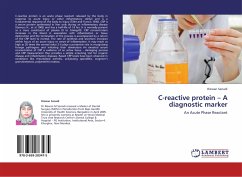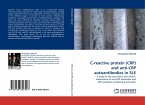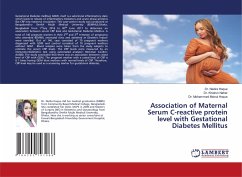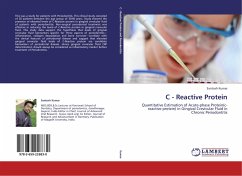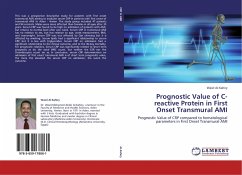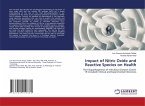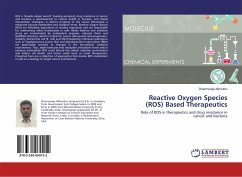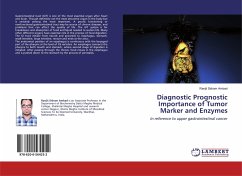C-reactive protein is an acute phase reactant released by the body in response to acute injury or other inflammatory stimuli and is a fundamental response of the body to injury (Tillet and Francis 1930). CRP is a serum protein synthesized in liver only during an inflammatory disease (Gewurz H., et al 1982) and has a half-life of 19 hrs. It is normally present as a trace constituent of plasma (0 to 0.6mg/dl). CRP concentration increases in the blood in association with inflammation or tissue destruction and the termination of the process is accompanied by a return of the CRP level to normal. The rate of synthesis and secretion increases within hours of an acute injury or onset of inflammation. It may reach as high as 20 times the normal value.3 It plays a protective role in recognizing foreign pathogens and initiating their elimination. An elevated serum concentration of CRP is evidence of an active tissue damaging process and CRP measurement thus provides a simple screening test for organic disease and inflammatory diseases. Raised CRP levels have been observed in conditions like rheumatoid arthritis, ankylosing spondilitis, wegener s granulomatosis, polyarteritis nodosa.
Bitte wählen Sie Ihr Anliegen aus.
Rechnungen
Retourenschein anfordern
Bestellstatus
Storno

